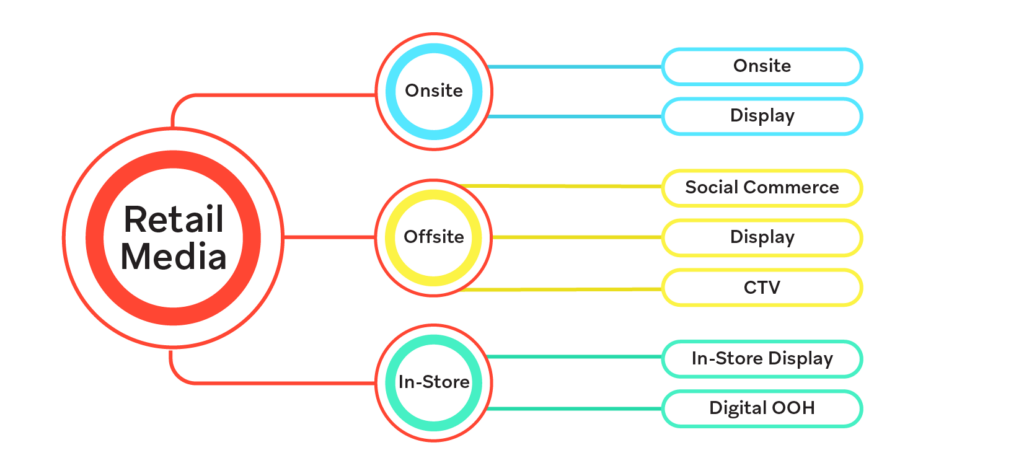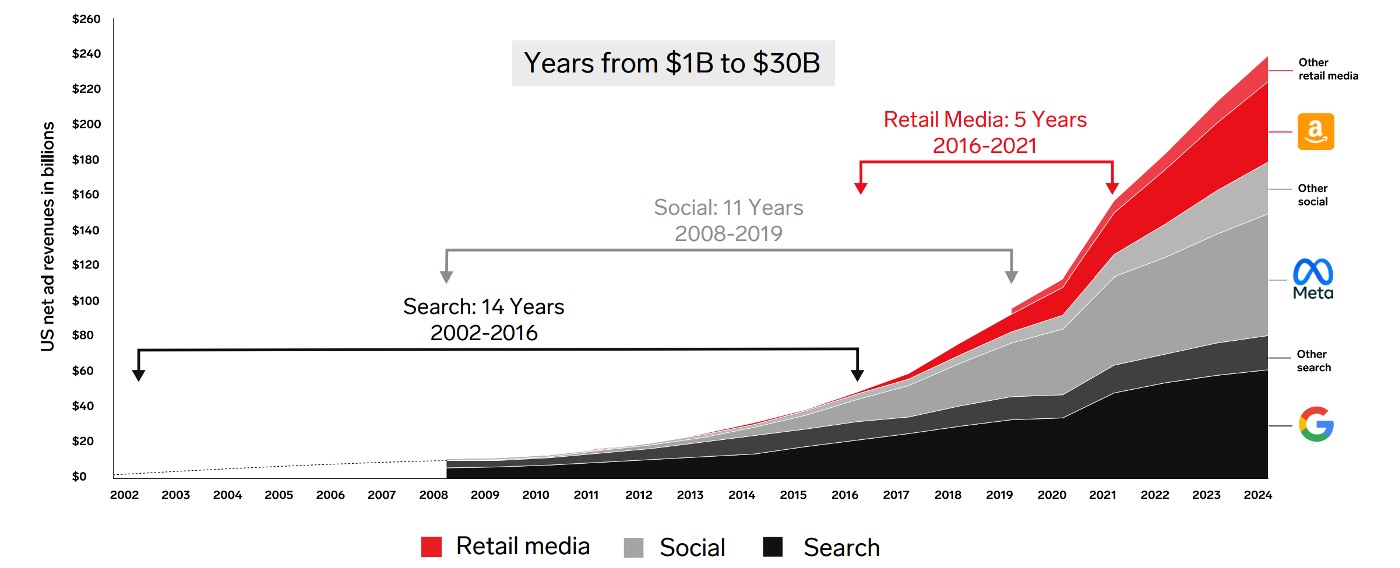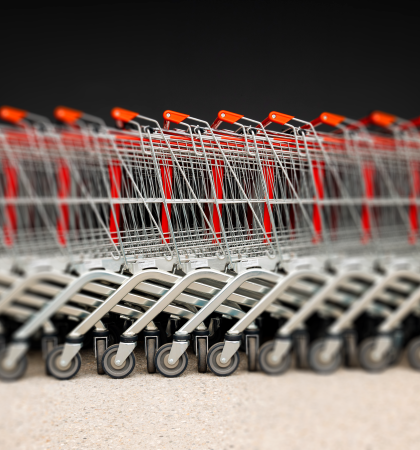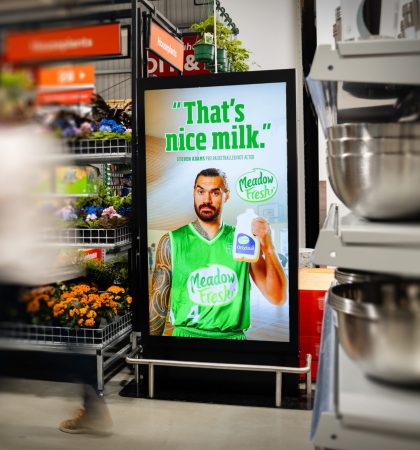The Retail Media Phenomenon
Retail Media is primarily advertising within a retailer’s owned assets – for example, their website or apps and in-store screens – as well as third party publishers – all powered by the retailer’s first party data.
Think of retail media as any communication and marketing techniques used on consumers’ purchase journeys that can be packaged and sold to third parties such as brands to drive sales.
Another way to think about Retail Media has been coined by Fidji Simo, the CEO of Instacart, is this: “there’s an advertising product inside people’s e-commerce shopping carts…the holy grail in advertising.”

The fastest growing channel, ever.
Few other technologies have scaled from $1BN to $30BN as fast as retail media. Andrew Lipsman of Media, Ads + Commerce points out that Retail Media has achieved in five years what search ads (i.e. mostly Google Ad Words) took 14 years to do. Adoption has been rapid; the tools are getting more mature and the market is ready.
The momentum behind so-called retail media is nevertheless so great that it has the potential to usher in a new era of digital advertising. According to estimates, Amazon accounted for 10.2% of total digital ad spending worldwide in 2023.

There are six main reasons why Retail Media should be an important part of your marketing mix:
Retail Media Metrics
Retail Media has an extensive set of advertising reports for endemic brands and non-endemic brands alike.
- Impressions: The number of times the ad was displayed to a customer.
- Clicks: The number of times the ad was clicked on by a customer.
- Spend: How much a brand has spent on the ad unit or campaign.
- Sales: The total amount of product or brand level sales generated in a set period.
- ROAS: ROAS is calculated by dividing the revenue attributed to the advertising by the spend. For example, a ROAS of $5 means that for every dollar of ad spend, there was a correlating $5 of product revenue.
What's next for Retail Media?
Even though it’s still in a relative infancy, retail media is already capturing a lot of attention. While Google, Facebook and other publisher networks are huge, they do not have access to the level of first-party transactional data like the retailers do. With retail media now encompassing the full depth of the marketing funnel with onsite, offsite, display, social media, CTV and in-store, the future opportunity for both retailers and brands is huge.
The most obvious advantage for brands is that, if endemic to the retailer, they can attribute advertising spend directly to results. Arguably retail media gives added power to big brands as they have better brand recognition, penetration, budgets and wide distribution across multiple channels to entrench their position. In a cookie challenged future world, brands are more comfortable in shifting to retail media as the information they can glean about the shopper is much more valuable to marketers than other forms of advertising.
As retailers continue to advance their offering, from a digital, instore and technology perspective, the functionality of placement, creative and advertising effectiveness will improve, along with the capabilities in measurement. It’s an exciting sector to play in and the potential is huge.

COLIN LEWIS
Colin Lewis is an internationally known marketing and retail media expert. He is a Director of Retail Media Works, advisor to Grace & Co and Columnist for Marketing Week. This article appears here with his permission and further articles by Colin can be found at www.internetretailing.co.uk






